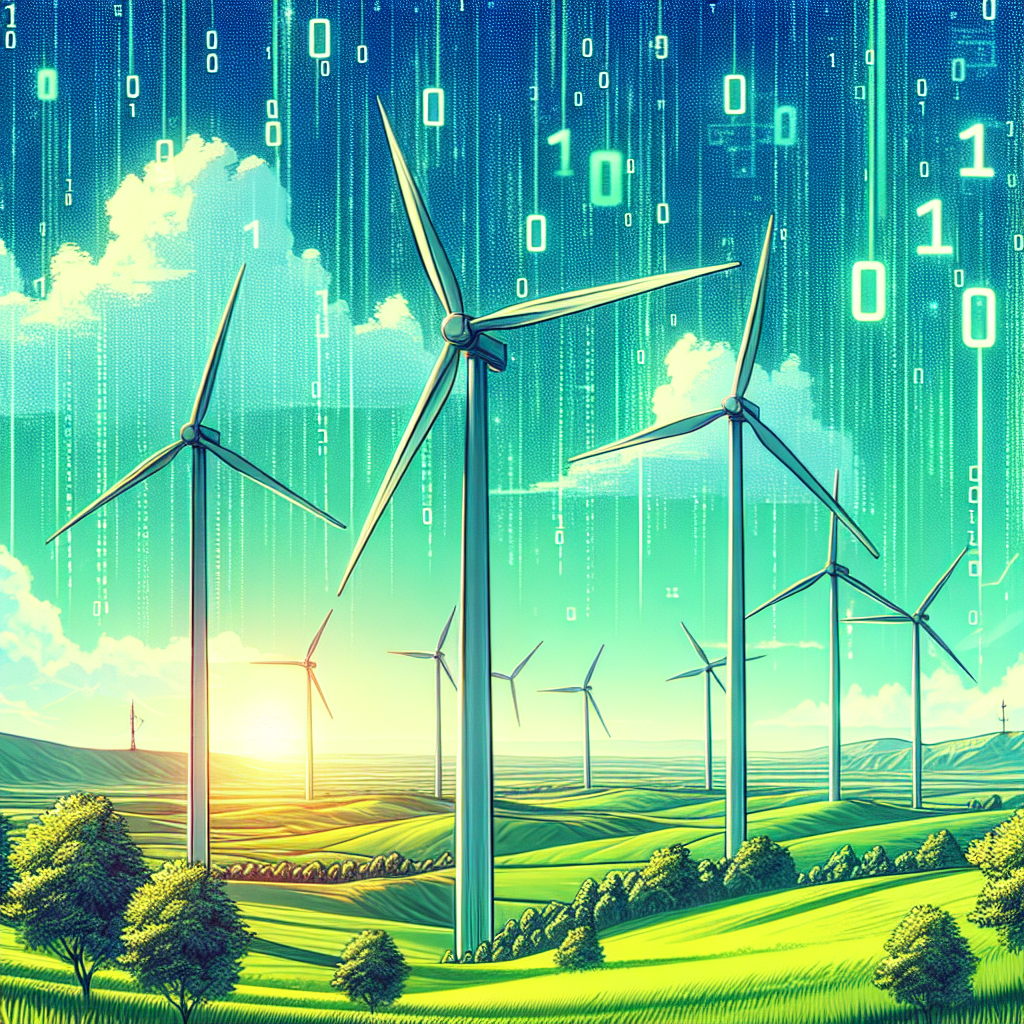Wind energy is a popular and sustainable form of renewable energy that has been harnessed for centuries. With advancements in technology, particularly in the field of artificial intelligence (AI), wind energy optimization has become more efficient and cost-effective. By utilizing AI algorithms and machine learning techniques, wind farm operators can maximize energy production, reduce maintenance costs, and improve overall performance.
AI in Wind Energy Optimization
AI technology has revolutionized the way wind energy is harnessed and optimized. By analyzing vast amounts of data in real-time, AI algorithms can predict wind patterns, optimize turbine performance, and detect potential maintenance issues before they occur. This allows wind farm operators to maximize energy production, minimize downtime, and increase overall efficiency.
One of the key benefits of using AI in wind energy optimization is its ability to predict wind patterns with a high degree of accuracy. By analyzing historical data, weather forecasts, and real-time sensor data, AI algorithms can predict when and where the wind will blow most strongly. This allows operators to adjust turbine settings accordingly, maximizing energy production and reducing the risk of downtime.
AI can also optimize turbine performance by adjusting rotor speed, blade pitch, and other parameters in real-time. By continuously monitoring turbine performance and environmental conditions, AI algorithms can make automatic adjustments to ensure the optimal balance between energy production and turbine longevity. This not only increases energy output but also reduces maintenance costs and extends the lifespan of the turbine.
Furthermore, AI can detect potential maintenance issues before they occur, allowing operators to address them proactively. By analyzing sensor data and historical maintenance records, AI algorithms can identify patterns and anomalies that indicate potential problems. This enables operators to schedule maintenance tasks in advance, reducing downtime and preventing costly repairs.
Overall, the use of AI in wind energy optimization offers several advantages, including:
1. Increased energy production: By predicting wind patterns and optimizing turbine performance, AI can maximize energy output and increase overall efficiency.
2. Reduced maintenance costs: By detecting potential issues early and optimizing maintenance schedules, AI can reduce downtime and minimize repair costs.
3. Improved performance: By continuously monitoring turbine performance and making automatic adjustments, AI can optimize performance and extend the lifespan of the turbine.
FAQs
Q: How does AI predict wind patterns?
A: AI algorithms analyze historical data, weather forecasts, and real-time sensor data to predict when and where the wind will blow most strongly. By identifying patterns and trends, AI can accurately predict wind patterns and optimize turbine settings accordingly.
Q: How does AI optimize turbine performance?
A: AI continuously monitors turbine performance and environmental conditions, making automatic adjustments to rotor speed, blade pitch, and other parameters in real-time. By optimizing performance, AI can maximize energy output and reduce maintenance costs.
Q: How does AI detect potential maintenance issues?
A: AI analyzes sensor data and historical maintenance records to identify patterns and anomalies that indicate potential problems. By detecting issues early, AI enables operators to schedule maintenance tasks in advance, reducing downtime and preventing costly repairs.
Q: What are the benefits of using AI in wind energy optimization?
A: The benefits of using AI in wind energy optimization include increased energy production, reduced maintenance costs, improved performance, and extended turbine lifespan. By harnessing the power of AI, wind farm operators can maximize efficiency, minimize downtime, and optimize overall performance.
In conclusion, AI technology has revolutionized the way wind energy is harnessed and optimized. By analyzing vast amounts of data in real-time, AI algorithms can predict wind patterns, optimize turbine performance, and detect potential maintenance issues before they occur. Wind farm operators can benefit from increased energy production, reduced maintenance costs, and improved performance by leveraging the power of AI in wind energy optimization.

